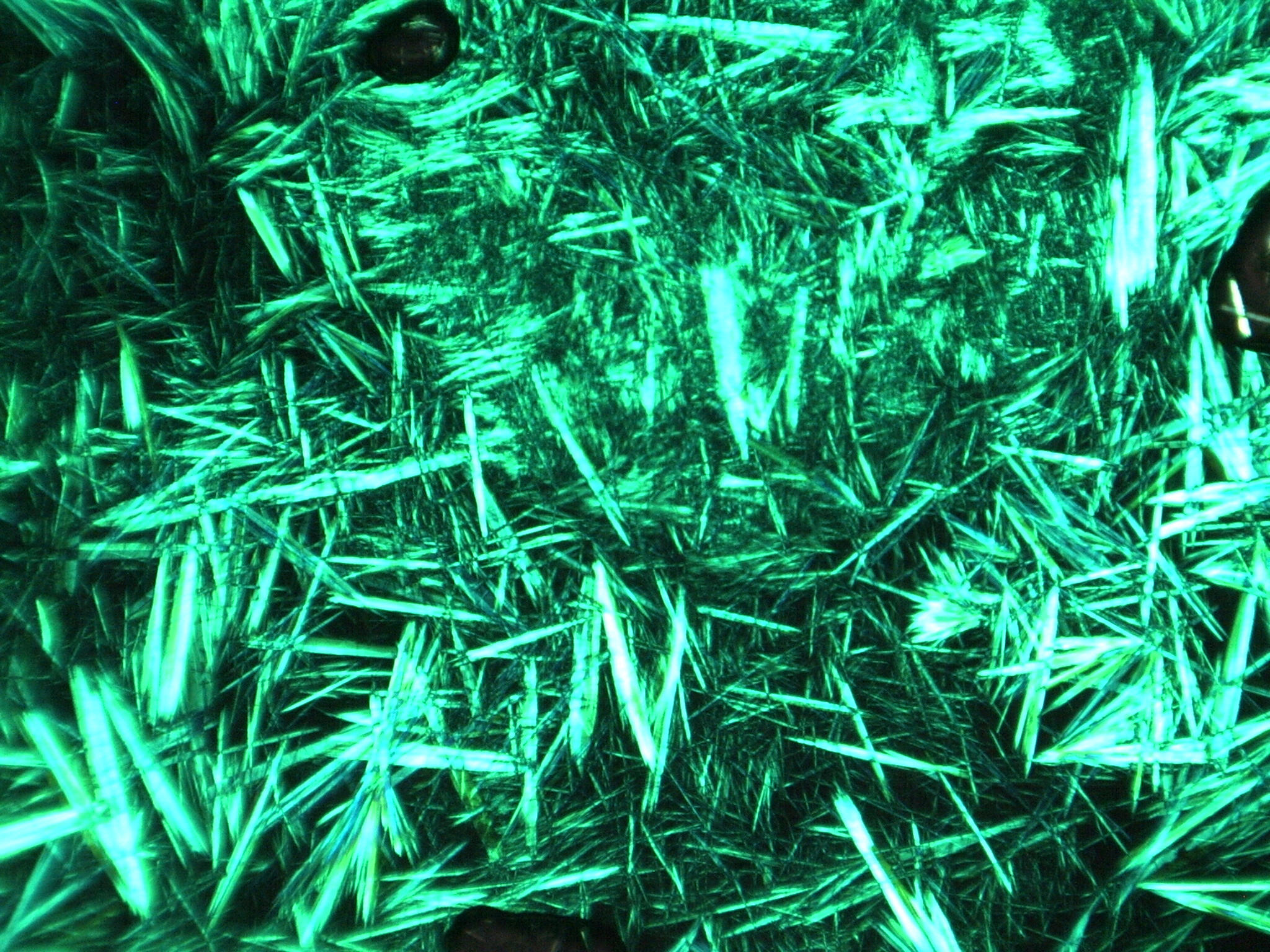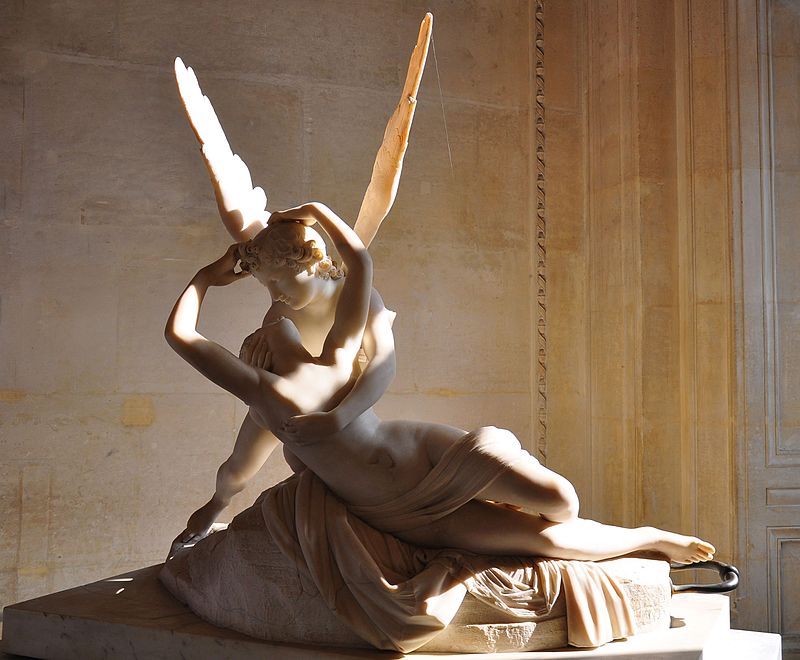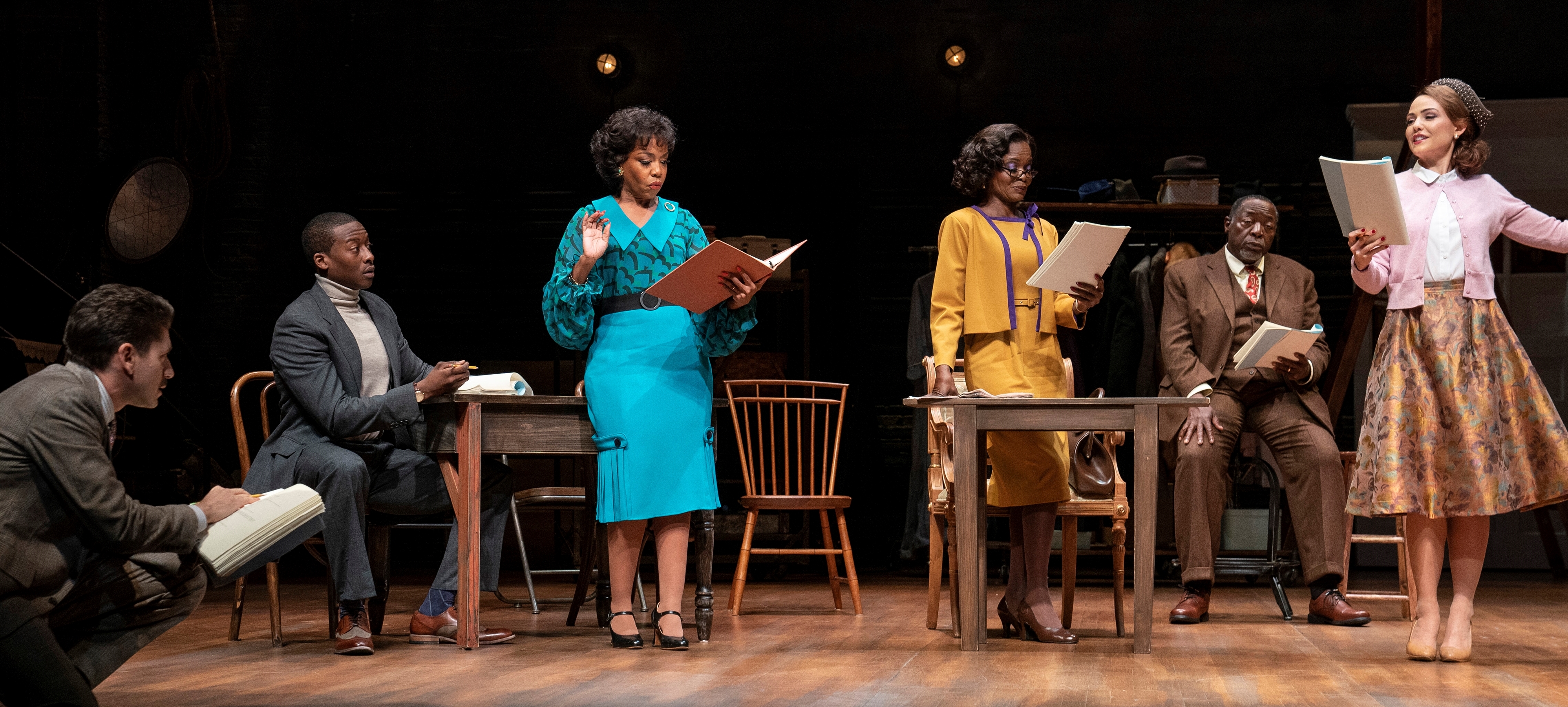- Teacher: Allison Hahn
Search results: 80
- Teacher: Tom Clayton
American political life is in a state of dysfunction and decay. Governing institutions seem unable to meet the demands of the modern world, and our common life is marked by fragmentation and hyperpolarization. The polity is sick, even dying, a diagnosis indicated by any number of opinion polls measuring widespread and growing distrust in governing institutions and among fellow citizens. A central part of the problem is that citizens and politicians have lost the ability to talk intelligently about the fundamental features of American political life. This course addresses this political and educational pathology by introducing students to difficult problems of constitutional interpretation. Students are invited to adopt the perspective of one responsible for designing or maintaining a polity. To do this, we will attempt to consider and inhabit multiple constitutional or regime-level perspectives, namely the perspective of a founder or constitutional framer, the perspective of a foreigner or outside observer, and the perspectives and concomitant critiques of those ostensibly included within the political community while being simultaneously denied the guarantees and privileges of full citizenship. Each of these vantage points offers insights that complicate, nuance, and deepen our understanding of the fundamental identity of the American regime. From these multiple vantage points we will consider such questions as: How democratic is the American Constitution? Is democracy only an aspiration, or is democracy also something that happens to us? Must a democratic constitution be capitalistic too? Does capitalism have limits or pose any threat to constitutional governance? How does the Constitution secure rights? What kind of person or citizen is created by our polity? Who is included and who is excluded from the political community? Does the constitutional order provide an adequate moral framework for political life? What is a constitution?
Through a close reading of core texts of the American political tradition, we will attempt to answer these and other similar questions. Our main texts will be primary sources that we will close-read together. We will also read several essays that synthesize and interpret these sources.
In this course, students will
- Take a synoptic view of the American regime from different vantage points
- Consider and evaluate competing founding perspectives on the merits of the Constitution and the kind of political life it would create and sustain across time
- Close-read and interpret primary sources in the American political tradition
- Write analytical essays that require the re-articulation and assessment of the arguments and ideas from core texts of the American political tradition
- Form judgements about the advantages and disadvantages of the American political tradition
- Teacher: Thomas Bell
- Teacher: Jonah Rubin
- Teacher: Petko Kitanov
- Teacher: Petko Kitanov
- Teacher: Nick Regiacorte
- Teacher: Cyn Kitchen
- Teacher: Cyn Kitchen
- Teacher: Cyn Kitchen
- Teacher: Cyn Kitchen
- Teacher: Cyn Kitchen
- Teacher: Cyn Kitchen
- Teacher: Cyn Kitchen
- Teacher: Petko Kitanov
- Teacher: Petko Kitanov
- Teacher: Cyn Kitchen
- Teacher: Cyn Kitchen
- Teacher: Cyn Kitchen
- Teacher: Nick Regiacorte
- Teacher: Nick Regiacorte
- Teacher: Julio Noriega
This course will review models, etiology, assessment, and intervention for various developmental and acquired disabilities. This course is organized through a lifespan developmental approach beginning with etiology diagnosis and moving through early intervention, special education, dating and sexuality, vocation, community involvement, and healthcare. Specific disabilities will be examined through a biopsychosocial lens. Autism spectrum disorder, AD/HD, intellectual disability, learning disabilities, traumatic brain injury, spinal cord injury, acquired blindness, and related conditions will be covered.
- Teacher: Arianna Timko
- Teacher: Petko Kitanov
The transformation of sound into digital data has profoundly affected the creation, production and distribution of music. With the vast majority of music now mediated by some form of digitization, it has shaped even our most basic modes of listening. This course grapples with the implications of this technology, its history, and its broad range of uses and tools. In doing so, students will utilize the Knox Electronic Music Studio to explore the foundational techniques of audio production, synthesis, sampling, podcasting, film scoring, and interactive software development.

- Teacher: Pierce Gradone
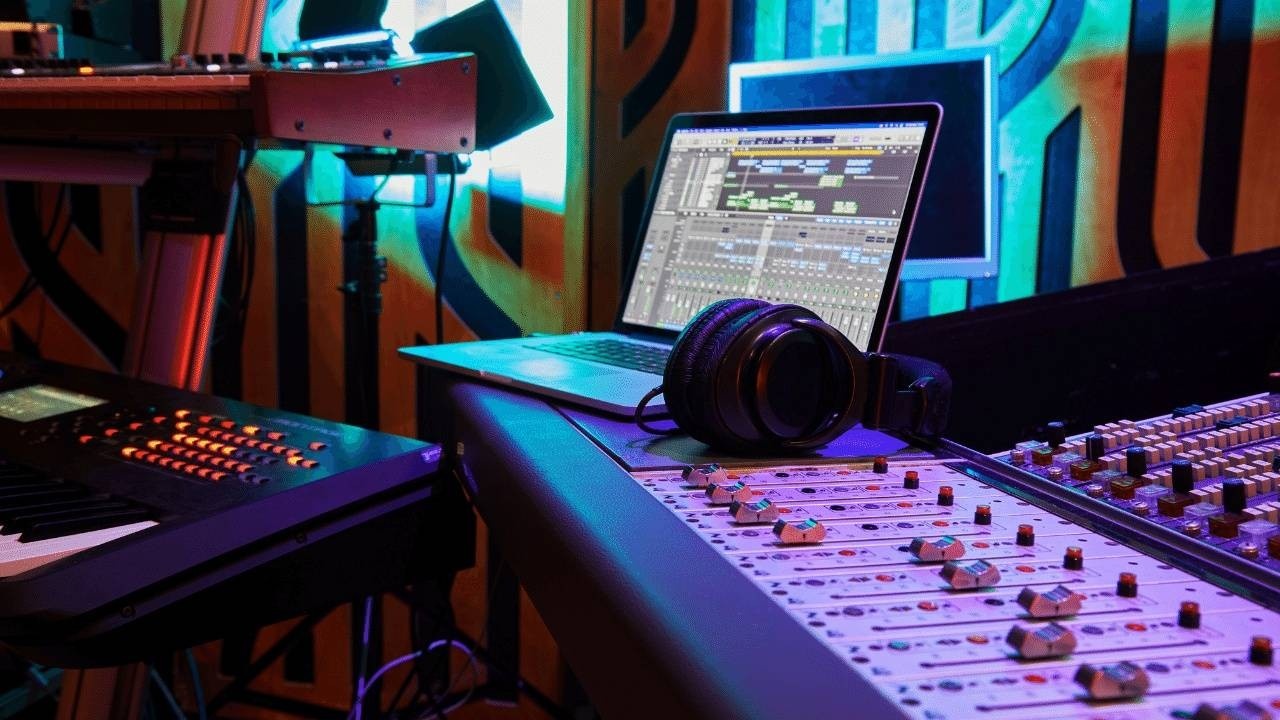
- Teacher: Eric Lemmon

- Teacher: Eric Lemmon
This course will introduce the three major philosophical systems of East Asian thought: Confucianism, Daoism, and Buddhism through their canonical texts. This historical approach will be supplemented by contemporary readings in each tradition. When taught as a component of the Japan Term, this course will pay special attention to the development of Japanese Buddhism, specifically Pure Land Buddhism (Amida Buddhism), Esoteric Buddhism (Shingon Buddhism) and Zen Buddhism (Soto and Rinzai).
- Teacher: Bill Young
- Teacher: Moheb Zidan
Many of us are attracted to science because of the wonder of discovery and the (supposed) purity of the pursuit of knowledge. In this course we will wrestle with some of challenging questions that arise in the practice of science.
- Teacher: Judy Thorn

- Teacher: Lexie Vernon
- Teacher: Petko Kitanov
Our technological prowess has opened vistas for humanity to dream bigger, or perhaps it has simply revealed the cosmically (comically?) short timeframe of human existence and hence led us to imagine new ways for that existence to end. Extinction or evolution, one way or the other humanity is poised for transition. Will climate change force us to colonize other planets? Will we merge with machines by adding cyborg implants or, more radically, uploading our minds into robotic bodies?
The fear of human extinction and the promise of radical salvation through technology intertwine in a religious worldview unique to the contemporary world. We will explore this worldview and discuss the political and social implications of transferring our religious impulses and hope of salvation into technological forecasting.

- Teacher: Robert Geraci
In recent years, profound changes in the global economy, climate change, and transnational politics have culminated in large movements of people in almost every region. This course examines how people experience displacement, migration, and statelessness; how home, community and belonging are reconstituted both in exile and through the making of diaspora communities. We will also pursue related questions about how international laws, national policies, and practices of social exclusion or inclusion influence the broader context of migration. How do population movements affect politics at the international, regional, and local levels – and vice versa? In what ways are relations of kinship, family, and gender being reformulated in response to transnational movements? Reading materials will include ethnographic studies of migrant and diaspora communities, policy reports on the international refugee regime, literary works produced by migrant authors, and a sampling of mainstream media reporting on immigration in the US and around the globe.
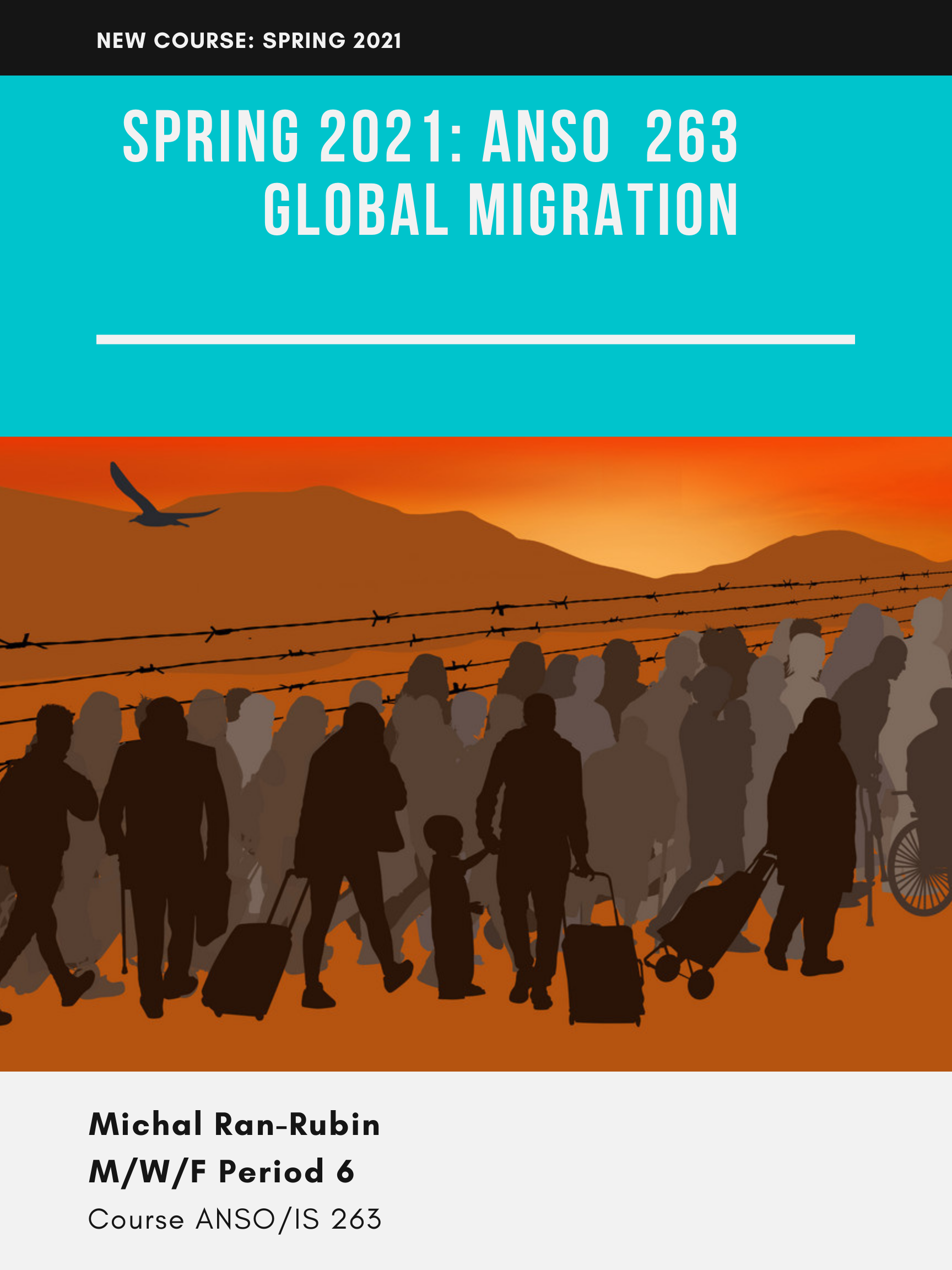
- Teacher: Julio Noriega
- Teacher: Tom Clayton

- Teacher: Barbara Tannert-Smith
This course will introduce students to the fundamental issues within the broad and intersectional field of Peace and Justice studies. As a community, we will explore the following imperative questions: What are better ways of understanding the concepts and core practices of peace and justice? What are the movements and structures that contribute to a just peace? What are the obstacles? And what can societies and people do to make this a more just and peaceful world? Areas of inquiry include: conflict analysis, nonviolent action, violence prevention, militarism, restorative justice, transformative justice, conflict transformation, environmental justice, dreaming disability justice, and peacebuilding. We will utilize a transnational lens informed by anti-racism, Indigenous knowledge, and feminist praxes.

- Teacher: Leanne Trapedo Sims
This course will explore various forms of children's literature, including domestic and historical fiction, the picture book, fantasy and realism, and the young adult novel. We will analyze children's literature using the same critical standards we apply to literature for adults, while at the same time recognizing the unique needs and responses of the child-audience. In addition, we will consider what it means to be a "reader" of children's literature; how we define a "classic"; the lack of representation in children's literature and publishing; the changing landscape of children's literature; our cultural assumptions about and fictional representations of childhood, home, and family; and the truths we offer children through literature. The class will follow a discussion rather than a lecture format.
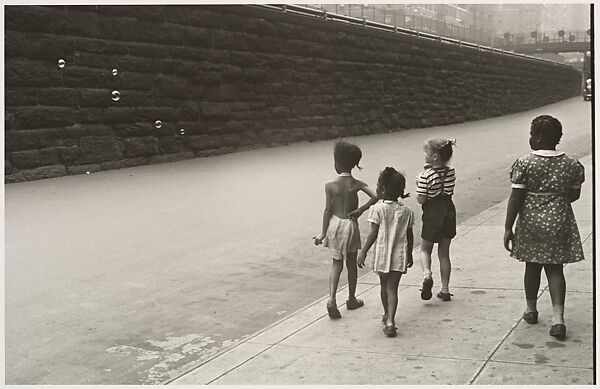
- Teacher: Barbara Tannert-Smith
- Teacher: Tianna Cervantez
- Teacher: Eleanor Kahn
This course provides an introduction to the art, visual culture, and architecture of colonial, modern, and contemporary Latin America. The first half of the course will examine early contact between Europeans and Indigenous Americans, with an overview of the importation, adaptation, and responses of European artistic models in the Americas. We will analyze the transformation of Indigenous artistic traditions as a result of the European colonial project in the Americas (1492-ca–1820) through a variety of materials and topics, including, religious architecture, painting, prints, sculpture, and manuscripts drawings. The second half of the course will examine art from the early nineteenth century to the present, considering the role of the arts in building independent nations and creating shared artistic legacies constantly adapting and/or responding to outside influences. By analyzing current art historical debates, in the field of Latin American art, between national vs. cosmopolitan aesthetics, Hemispheric and Inter-American projects for continental unity we will see how Latin American artists negotiated issues of identity and contributed to the development of modern and contemporary art. We will explore twentieth-century Latin American visual arts through photography, manifestos, magazines, performances, exhibitions, and ephemera with a special focus on new technologies and global changes.
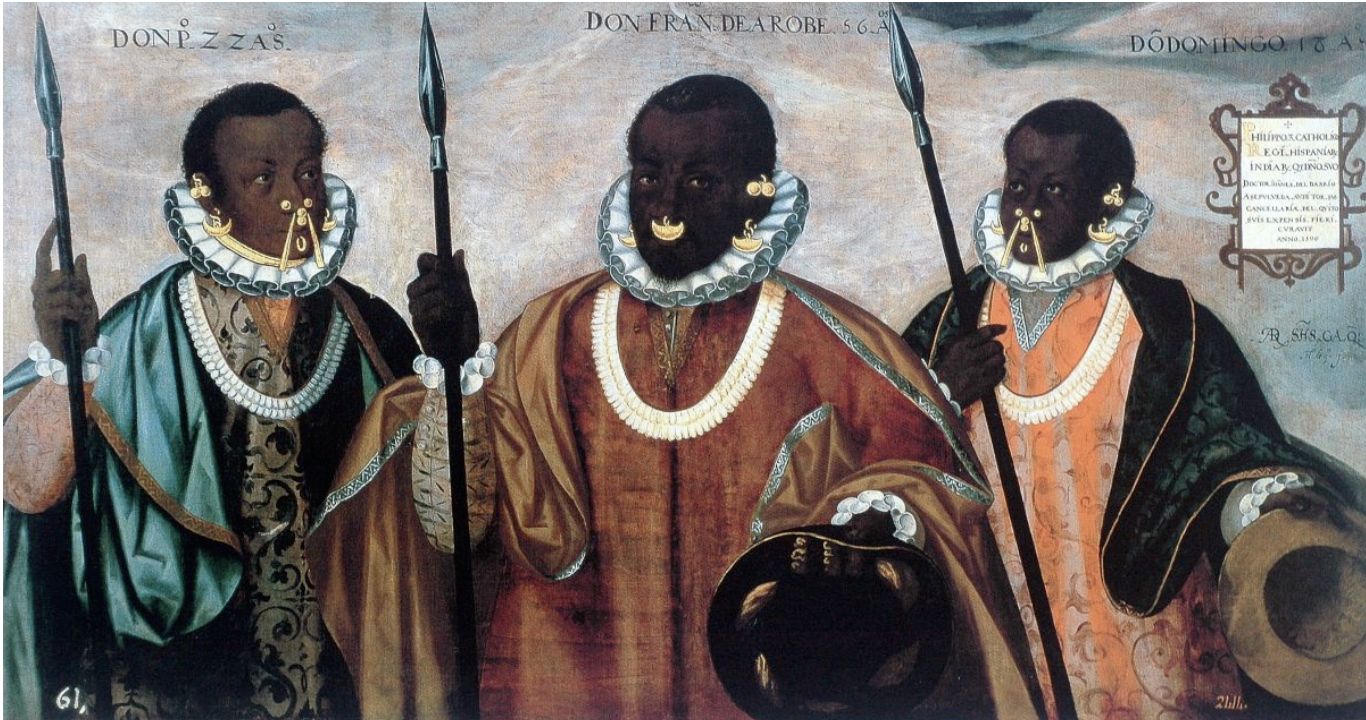
- Teacher: Gonzalo Pinilla
- Teacher: Jessie DIXON-MONTGOMERY
- Teacher: Moheb Zidan
- Teacher: Steve Cohn
- Teacher: Hilary Lehmann
- Teacher: Angela Mak
- Teacher: Maria Kaoutzani
- Teacher: Nick Regiacorte
Kant’s work marks a decisive turn for modern thinking. In this course, we trace different ways of responding to two basic Kantian insights: that freedom depends on acknowledging our ability to give ourselves laws and that contemporary reality is best analyzed in terms of forms of experience and the conditions that make particular forms of experience possible. We trace these responses in the works of Wollstonecraft, Hegel, Marx, Douglass, DuBois, Emerson, Nietzsche, and others. Our emphasis in reading these texts is on identifying ways in which these thinkers offer tools for helping us to better understand contemporary forms of experience.
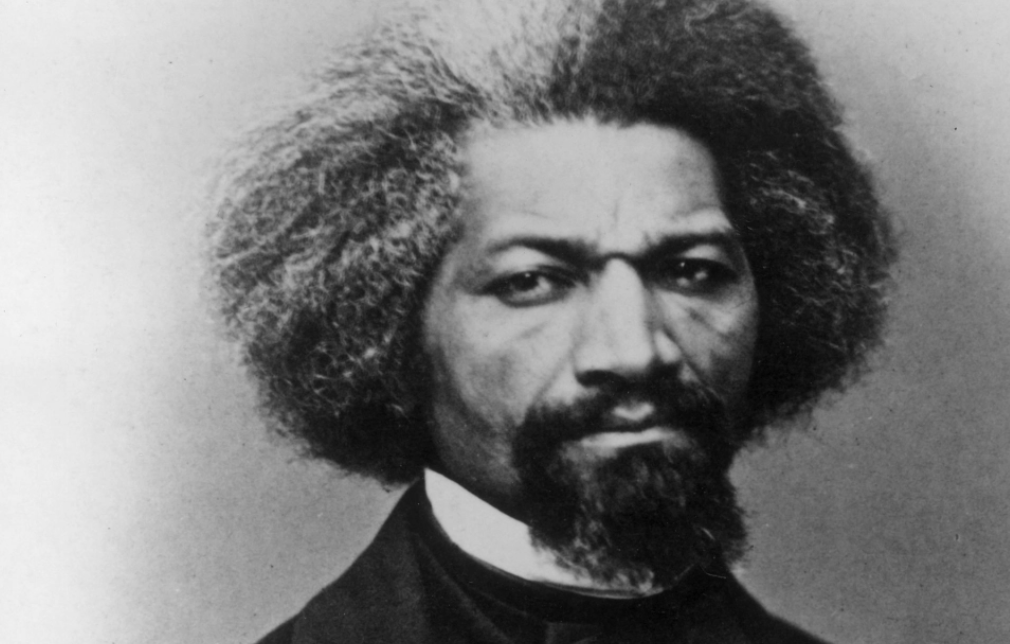
- Teacher: Daniel Wack
Kant’s work marks a decisive turn for modern thinking. In this course, we trace different ways of responding to two basic Kantian insights: that freedom depends on acknowledging our ability to give ourselves laws and that contemporary reality is best analyzed in terms of forms of experience and the conditions that make particular forms of experience possible. We trace these responses in the works of Wollstonecraft, Hegel, Marx, Douglass, DuBois, Emerson, Nietzsche, and others. Our emphasis in reading these texts is on identifying ways in which these thinkers offer tools for helping us to better understand contemporary forms of experience.

- Teacher: Daniel Wack
If you're a Knox student hoping to pursue a career in medicine (MD or DO), MD/PhD, nursing, pharmacy, occupational therapy, physical therapy, veterinary therapy, dentistry, or public health, check out the resources within this classroom. Videos, powerpoint slides, workshop sessions, website links, resources to explore and learn how to get opportunities, and more!

- Teacher: Lisa Harris
- Teacher: Judy Thorn
- Teacher: Steve Cohn
- Teacher: Angela Mak
- Teacher: Angela Mak
- Teacher: An Li
- Teacher: Leanne Trapedo Sims
We will explore restorative justice via a literary lens, primarily engaging with creative writing from Palestine. Some of the fundamental questions we will negotiate are: how can expressivity serve as resistance in times of war and genocide? How can expressivity perform as a witness to destruction and joy, as well as an arm towards healing? How can expressivity work as resilience?
This course will be taught within the Inside-Out pedagogical model.
- Teacher: Leanne Trapedo Sims
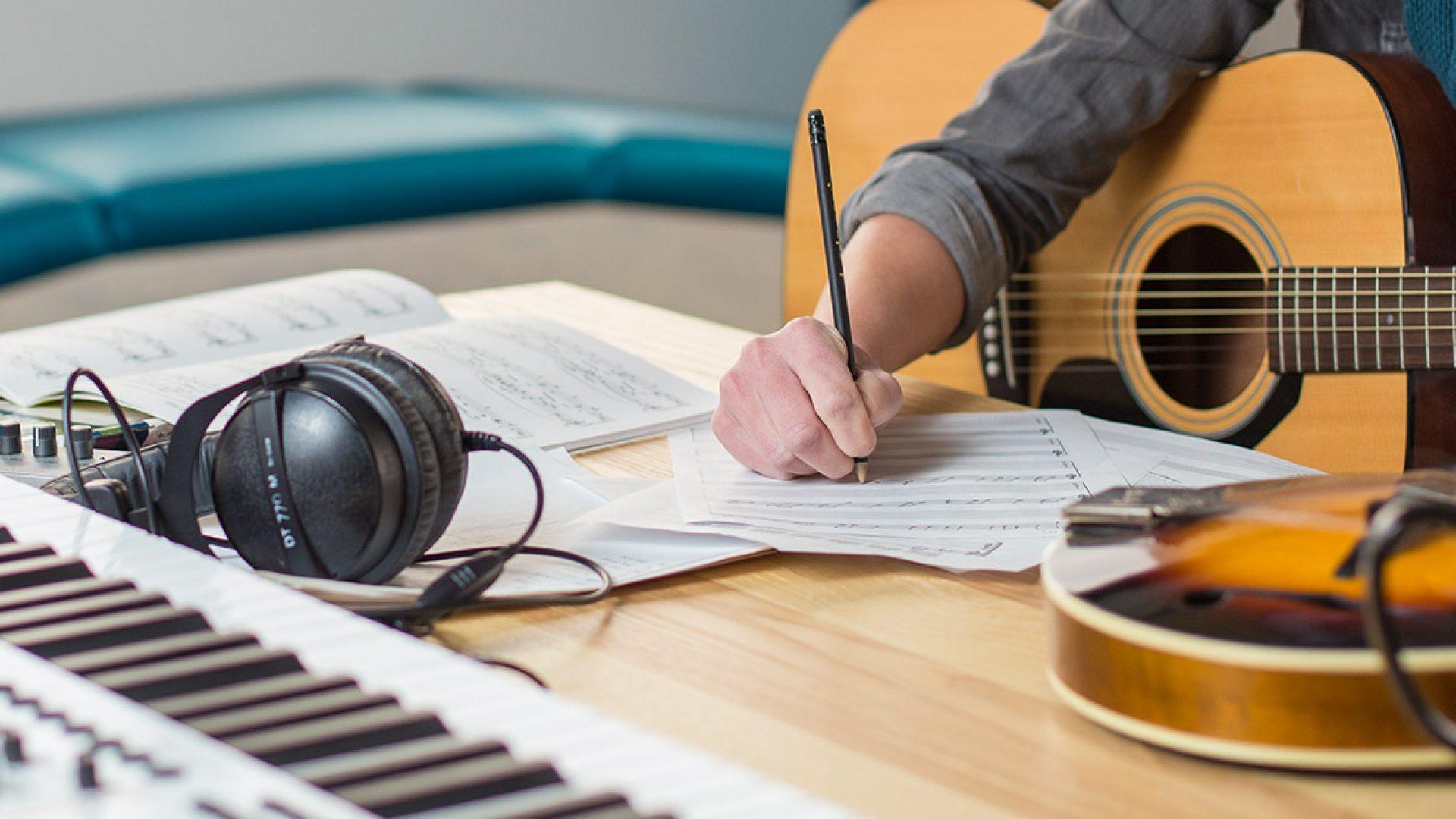
- Teacher: Eric Lemmon
- Teacher: Lexie Vernon
- Teacher: Lexie Vernon
- Teacher: Steve Cohn
In this introductory course, we will explore the range of literary expressiveness including fairy tale, poetry, the conventional novel, the visual or graphic novel and the short story, as well as the classification of literature into specific genres; overall, of course, our main interest will be in exploring the source material for making textual and visual literary art with a focus on narrative “DNA”, i.e., the primary materials and impulses that generate story telling. Additionally, we’ll look at the arrangement of elements such as plot, narration, character, setting, language, voice, tone, theme, etc., comprising literary forms. Finally, we’ll consider a variety critical strategies for reading and thinking about the literary arts, as well as the power and significance of our own interpretive role.

In this introductory course, we will explore the range of literary expressiveness including fairy tale, poetry, the conventional novel, the visual or graphic novel and the short story, as well as the classification of literature into specific genres; overall, of course, our main interest will be in exploring the source material for making textual and visual literary art with a focus on narrative “DNA”, i.e., the primary materials and impulses that generate story telling. Additionally, we’ll look at the arrangement of elements such as plot, narration, character, setting, language, voice, tone, theme, etc., comprising literary forms. Finally, we’ll consider a variety of critical strategies for reading and thinking about the literary arts, as well as the power and significance of our own interpretive role.

- Teacher: Barbara Tannert-Smith
In this introductory course, we will explore the range of literary expressiveness including fairy tale, poetry, the conventional novel, the visual or graphic novel and the short story, as well as the classification of literature into specific genres; overall, of course, our main interest will be in exploring the source material for making textual and visual literary art with a focus on narrative “DNA”, i.e., the primary materials and impulses that generate story telling. Additionally, we’ll look at the arrangement of elements such as plot, narration, character, setting, language, voice, tone, theme, etc., comprising literary forms. Finally, we’ll consider a variety of critical strategies for reading and thinking about the literary arts, as well as the power and significance of our own interpretive role.

- Teacher: Barbara Tannert-Smith
The general course description can be found in the syllabus, located here on moodle or in print from me.
This online supplement to the course is designed to give students the ability to submit work in one place, see after-hours (i.e. not during class) announcements regarding course work or scheduling, and engage in online discussion of course topics or material.
- Teacher: Stuart Allison
This team-taught course draws on the expertise of a variety of transnational activists, as well as Knox and outside faculty; and is overseen by one coordinating-integrating professor. Topics covered include a variety of methodological approaches to activism: from environmental justice activism to prison abolition to the role of the arts and humanities as agents for change. We explore the power and limits of Peace and Social Justice resistance (s). The course is one of two required courses for the Peace and Justice Minor.
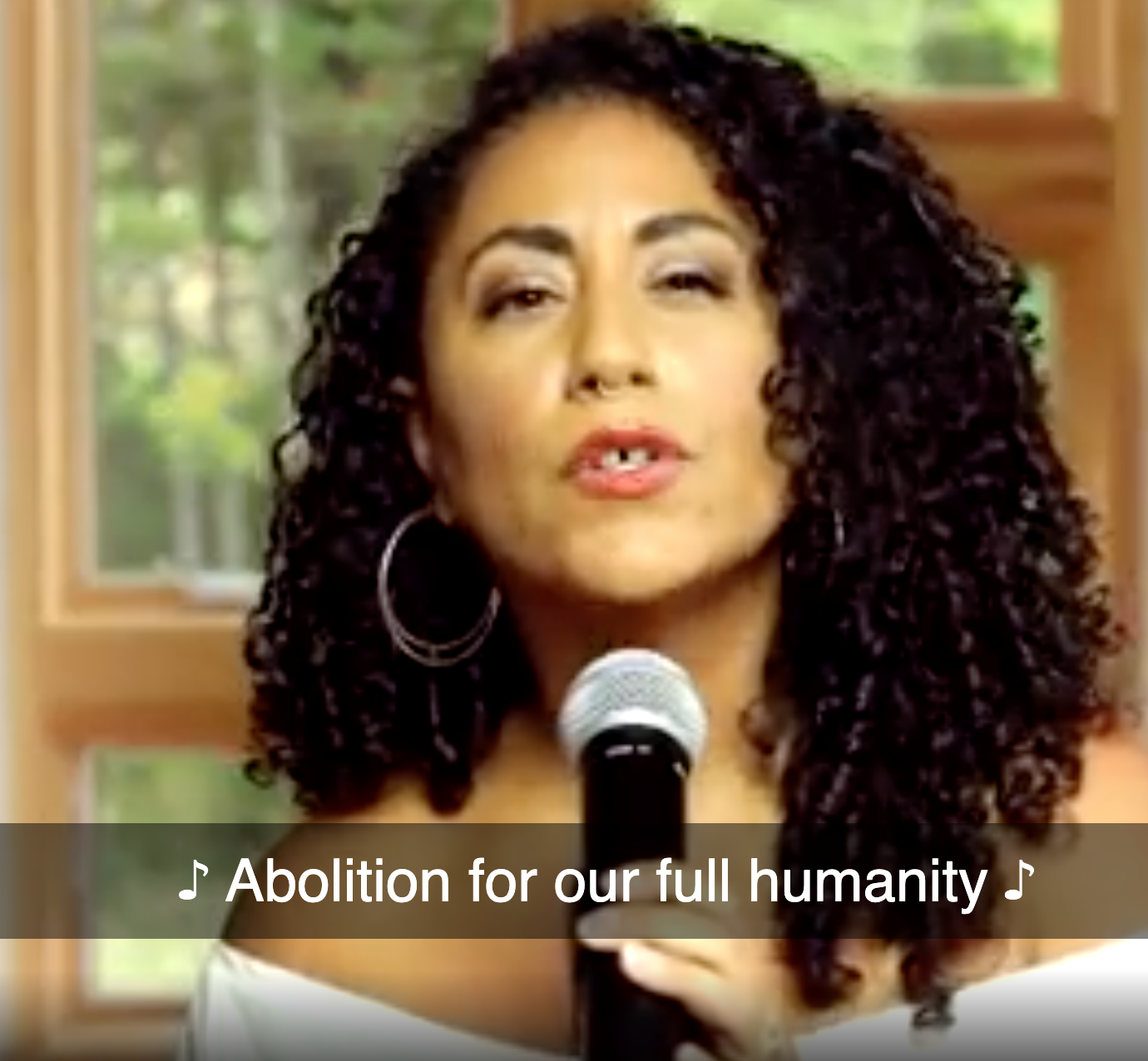
- Teacher: Leanne Trapedo Sims
This team-taught course draws on the expertise of a variety of transnational activists, as well as Knox and outside faculty; and is overseen by one coordinating-integrating professor. Topics covered include a variety of methodological approaches to activism: from environmental justice activism to prison abolition to the role of the arts and humanities as agents for change. We explore the power and limits of Peace and Social Justice resistance (s). The course is one of two required courses for the Peace and Justice Minor.

- Teacher: Leanne Trapedo Sims
Course Synopsis and Objectives
Course Synopsis
This team-taught course draws on the expertise of a variety of transnational activists, as well as Knox and outside faculty; and is overseen by one coordinating-integrating professor. Topics covered include a variety of methodological approaches to activism: from environmental justice activism to prison abolition to the role of the arts and humanities as agents for change. We explore the power and limits of Peace and Social Justice resistance (s). The course is one of two required courses for the Peace and Justice Minor.
Student Learning Goals:
- Understand “how-to” concepts of organizing effective human-powered resistance across a range of sociopolitical topics.
- Map out the norms, patterns, language, and beliefs prevalent in activist paradigms.
- Possess a basic grasp of resistance across sociopolitical topics.
- Design an explicit activist campaign or ethnographic project that recognizes the nuances, strengths, weaknesses, and contradictions in Peace and Social Justice resistance.
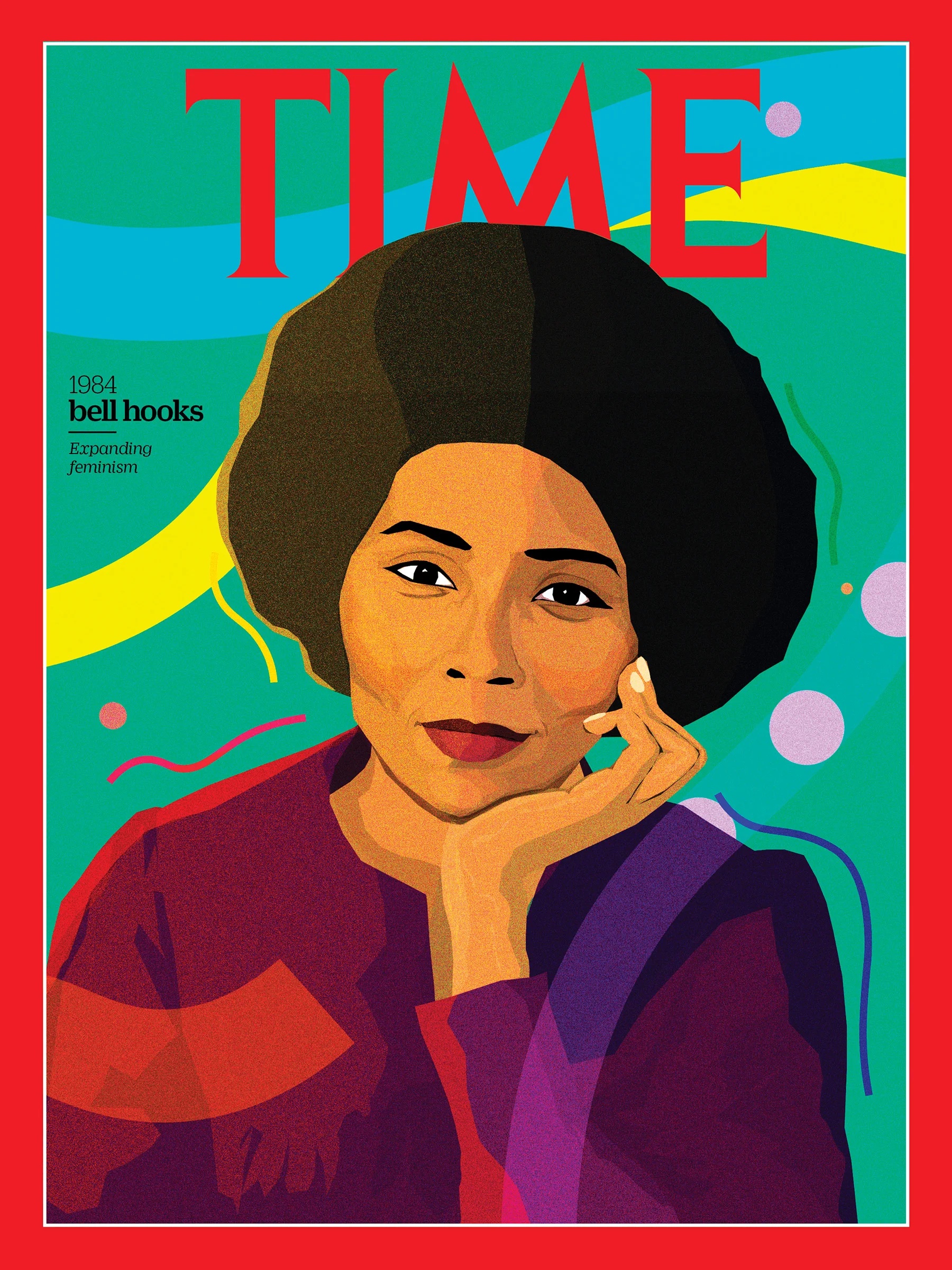
- Teacher: Leanne Trapedo Sims
